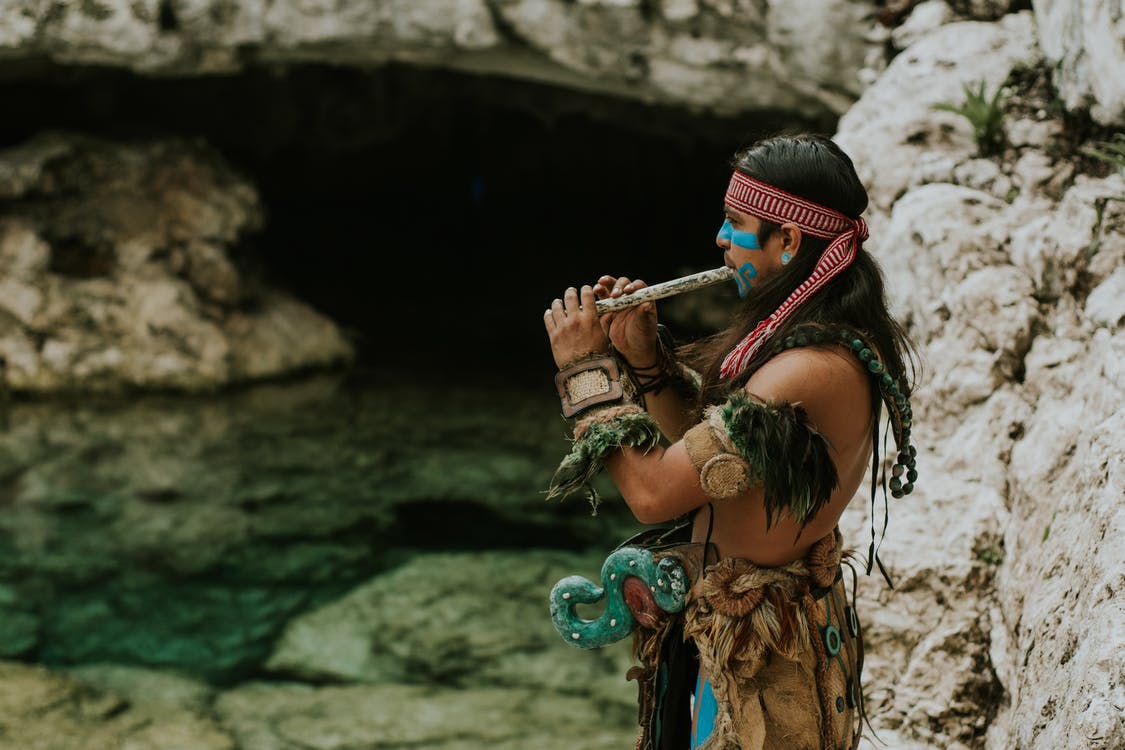
The small Central American known as Belize is one of the most beautiful on the continent — and one of the most beautiful in the Caribbean — and this modern nation is home to a diverse blend of cultural influences that range from China to German Mennonites to India. But all of this came after the conquest of the region by the Europeans. Before its “discovery”, Belize was already home to a rich set of cultures and traditions. While the descendants of these pre-Columbian Maya societies continue to have an impact on Belize today, it pales in enormity to the sophisticated civilization that existed here before the arrival of the Europeans — and only by understanding that critical point in history can we recognize the enormity of their near extinction.
Pre-Columbian Societies Before the Arrival
Describing what life was like for the Mayas of Belize preceding the wake of Europeans is difficult because the boundaries we understand today are completely different from those recognized by the Maya societies there. In fact, the arrival of Europeans in the 16th century seems to have coincided with a lull in centralized Maya society. If you’d wanted to see the Mayas at the height of their influence, you actually would need to travel back roughly 600 years before the arrival of Columbus.
While historians disagree on what exactly led to the decline of the Maya Empire — as well as whether or not it can be classified as a “societal collapse” — we have a better understanding of what Belize looked like when Columbus first set foot on Belizean shores. Historically, the arrival of Europeans signifies the end of the Maya Postclassic period. In practical terms, the current borders of Belize overlapped with three Maya states. And while many continued to live in the vast palaces and cities constructed during the height of the Maya Empire (many of which you can still visit today), the absence of centralized government effectively stalled the development of any more civic or community buildings.
The Arrival of Europeans
The Maya Empire was long gone by the time of the Europeans, but that isn’t to say that there wasn’t a diverse group of communities in Belize upon their arrival. What’s now the northernmost coastal district of Corozal was occupied as the Chetumal Province, while the Manche Chʼol controlled the most remote southern borders of modern Belize. The province most centralized in the country was Dzuluinicob, which occupied a great portion of the country’s interior. Following the capture of Mexico in 1519, it would only be inevitable that the Spanish would move further south. But the Mayas put up strong resistance for a time. Both Dzuluinicod and Chetumal formed the most stalwart of the defenders, but the persistence of Spanish imperialism along with the diseases they brought with them ultimately chipped away at the resistance. While present-day Belize was a hub for dissidence, the Spanish had conquered Belize by the middle of the 16th century.
Mayas in the Wake of European Conquest
Maintaining Belize was essential for Spanish plans to control the entirety of Central America, but they had little practical interest in this small scrap of land, and meaningful Spanish oversight of the region was minimal. While Spanish missionaries proselytized up and down the Belize River, Mayas fleeing the Spanish invasion had largely converged on the town of Tipu. By the middle of the 17th century, the Spanish had more issues to deal with than the Mayas of Belize. The major southern Yucatan city of Salamanca de Bacalar was raided by pirates in 1642 and 1648, leaving the people of Tipu to largely govern themselves. Moreover, it led to a de facto withdrawal of Spanish troops from both Dzuluinicob and Chetumal. The fact that the resistance movement was based in Tipu, a city that was too far south for the Spanish to reasonably manage, played a major part to play in this brief Maya success.
The Collapse of Maya Self-Governance
The people of Tipu enjoyed self-determination in the wake of the Spanish retreat, but it wouldn’t last forever. In 1696, Spanish troops pacified the city to transform it into a Spanish outpost for military and missionary logistics. Barely a decade later — in 1707 — the residents of Tipu would be forcibly relocated to Lake Petén Itzá in Guatemala to the south. This would spell the end of traditional Maya influence in the region altogether.
















